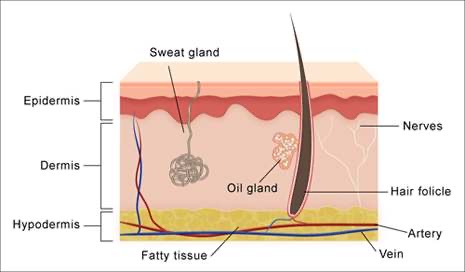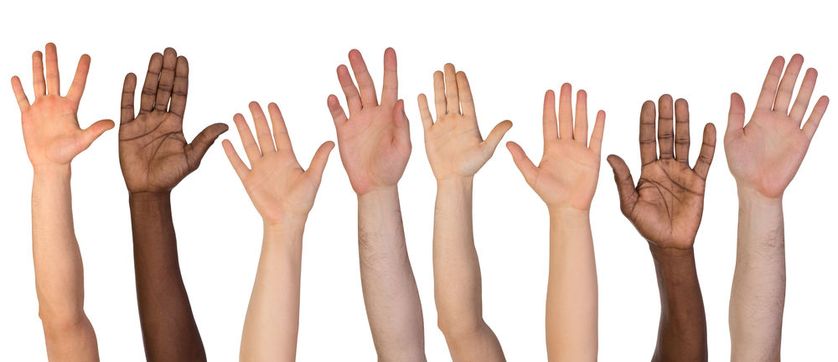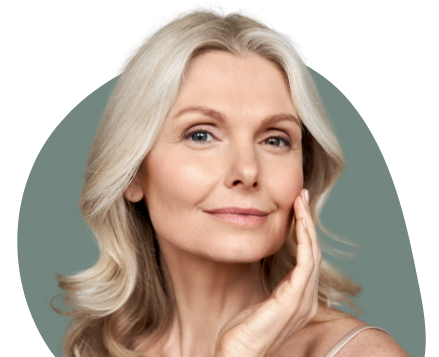Quick Skin Facts
- Our skin is the largest organ weighing between 2-4.5 kg, approximately 16% of your body weight.
- The thickness of the skin varies between 1-2mm thick depending on the body part.
- Eyelid skin thickness is the thinnest: <1mm
- Soles of feet are the thickest at 4mm
- The average person has 300 million skin cells
- You skin cells renew themselves every 28 days and majority of dust in your house is dead skin cells.
- There are more than 1000 species of bacteria living on your skin at any given time.
About Skin
Our skin is considered our largest organ and most influential. The skin acts as a thermoregulator, protection, metabolic functions and sensation; quite multidimensional. Our skin also goes beyond its physical features; it has emotional and psychological importance. Because of our skin we can turn it into a piece of art, used as cultural expression, used as a sexual organ, determines our social status, we are discriminated against and we can use it or abuse it. Quite a resilient organ?
What is skin? Basically speaking it is the thin layer of tissue forming the natural outer covering of the body of a person or animal. When you dig a little deeper towards a medical definition it is defined as; the body’s outer covering, which protects against heat and light, injury and infection. It regulates our temperature, stores fat, metabolises Vitamin D.
Dermatology however encompasses more than just our skin. It is an interest area of both hair and nails also. The reasoning behind this is because it has some of the same basic building blocks as skin.
Basic Skin Anatomy
Epidermis is the outermost layer of the skin which is in constant contact with the external environment. This is the layer responsible for the shedding of dead skin cells. It takes an average of 35 days for a skin cell to move from the bottom layer to the top layer. There are 6 layers within the epidermis; stratum corneum, stratum lucidum, stratum granulosum, stratum spinosum, stratum basle and basement membrane.
Dermis lies within the epidermis and hypodermis (subcutaneous fat). The dermis is responsible for providing the epidermis with nutrients, oxygen and removal of waste products. Connective tissue, elastin, collagen, mast cells, macrophages, histocytes and fibroblasts are in abundance within the dermis. Blood vessels and nerves run through the dermis. Oil glands, sweat glands and hair follicles also exist within the dermis.

Hypodermis (Subcutaneous Fat) provides the body with padding and insulations. The thickness of the subcutaneous fat layer varies on different areas cross the body.
Appendageal Structures
Hair covers majority of the surface of the skin except for the lips, palms of hands and soles of feet. Hair grows in three phases; anagen (growth phase), catagen (resting phase) and telogen (shedding phase).
Sebaceous Glands are attached to hair follicles and are responsible for releasing sebum onto the hair surface resulting in lubrication. Also attached to the hair follicle are muscles called arrector pili which are responsible for contracting hair to trap heat in (goosebumps).
Nails are useful for humans to make small manoeuvres with their hands. They also act as protection for the delicate skin at digits ends.
Sweat Glands are broken into eccrine and apocrine. Eccrine glands are distributed across the skins surface however mainly concentrated in palms, soles, forehead and axillae. They release a fluid (99% water small amounts of salt, ammonia, urea and uric acid) when the skins surface rises above 35oC. This is to encourage heat loss. Apocrine glands open into a hair follicle and are mainly found around the nipple, scalp, groin and axillae. The secretion is similar to eccrine glands but also contains proteins and fatty substance. This secretion begins odourless however it is vulnerable to bacteria which can produce body odour.
What are the Fitzpatrick Skin Types?
| Skin Type | Skin Colour | Hair Colour | Eye Colour | Description |
|---|---|---|---|---|
| I | White or very pale | Blonde | Blue, Grey, Green | Always burns, never tans |
| II | Pale white with beige tint | Chestnut or Dark Blonde | Blue | Always burns, sometimes tans |
| III | Beige to light brown | Dark brown | Dark Brown | Sometimes burns, always tans |
| IV | Light to moderate brown | Black | Brown | Rarely burns, always tans |
| V | Medium to dark brown | Black | Brownish black | Rarely burns, tans more than average |
| VI | Dark brown to black | Black | Black | Never burns |

What are the other Skin types?
Characteristics of oily skin:
- Shiny appearance
- Enlarged pores
- Prone to breakouts; blackheads, white heads, acne
Normal Skin:
- Clear complexion
- No signs of congestion or enlarged pores
- Smooth texture
- Breakouts are very uncommon
Dry Skin:
- Dry and flaky appearance
- Fine lines and wrinkles may appear at a younger age
- Itching, tight and rough symptoms
- No signs of congestion
- Eczema and dermatitis can appear from time to time
Combination Skin:
- Some people will have oily T-Zone areas whilst the rest of their skin is normal or dry.


